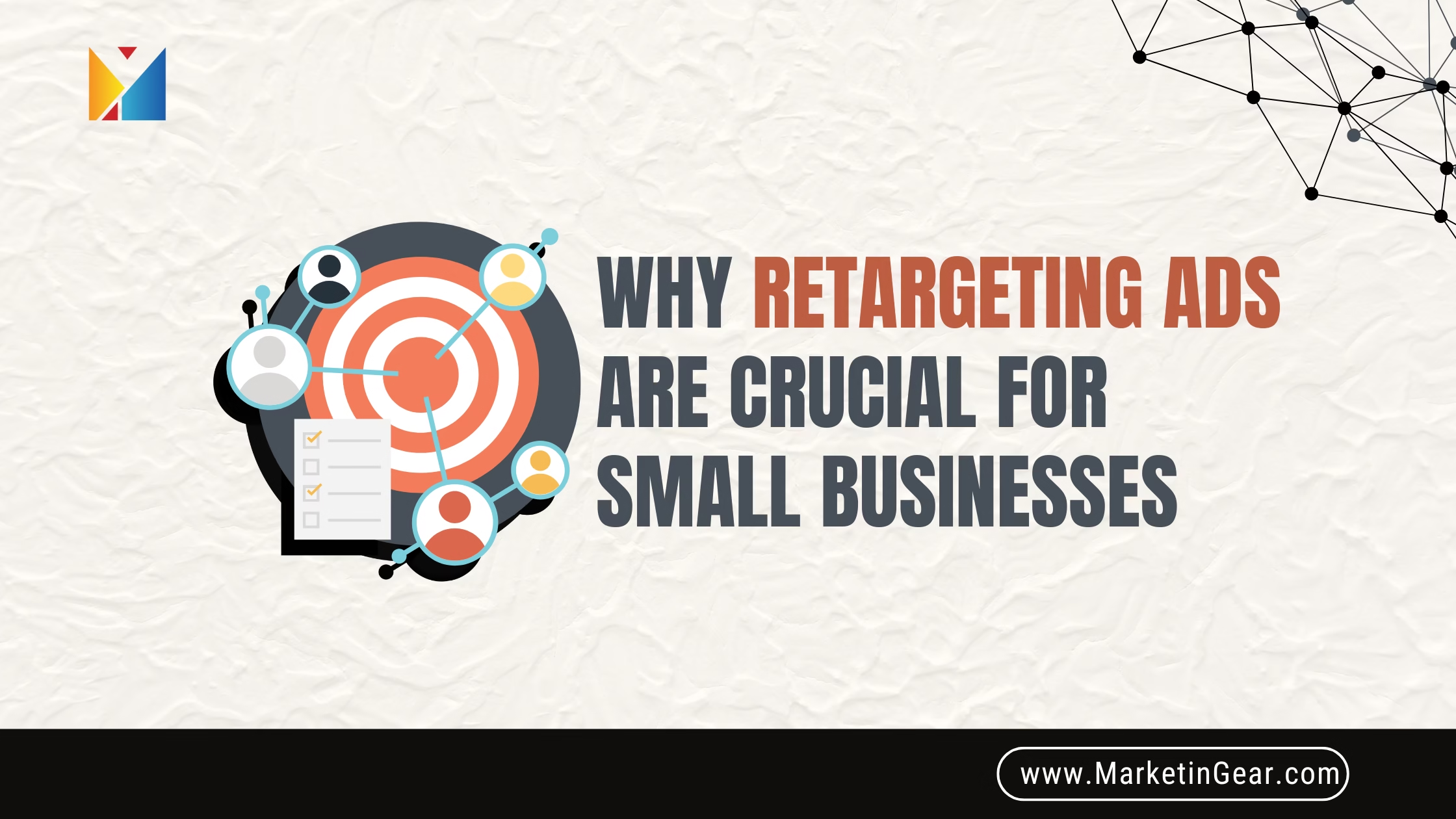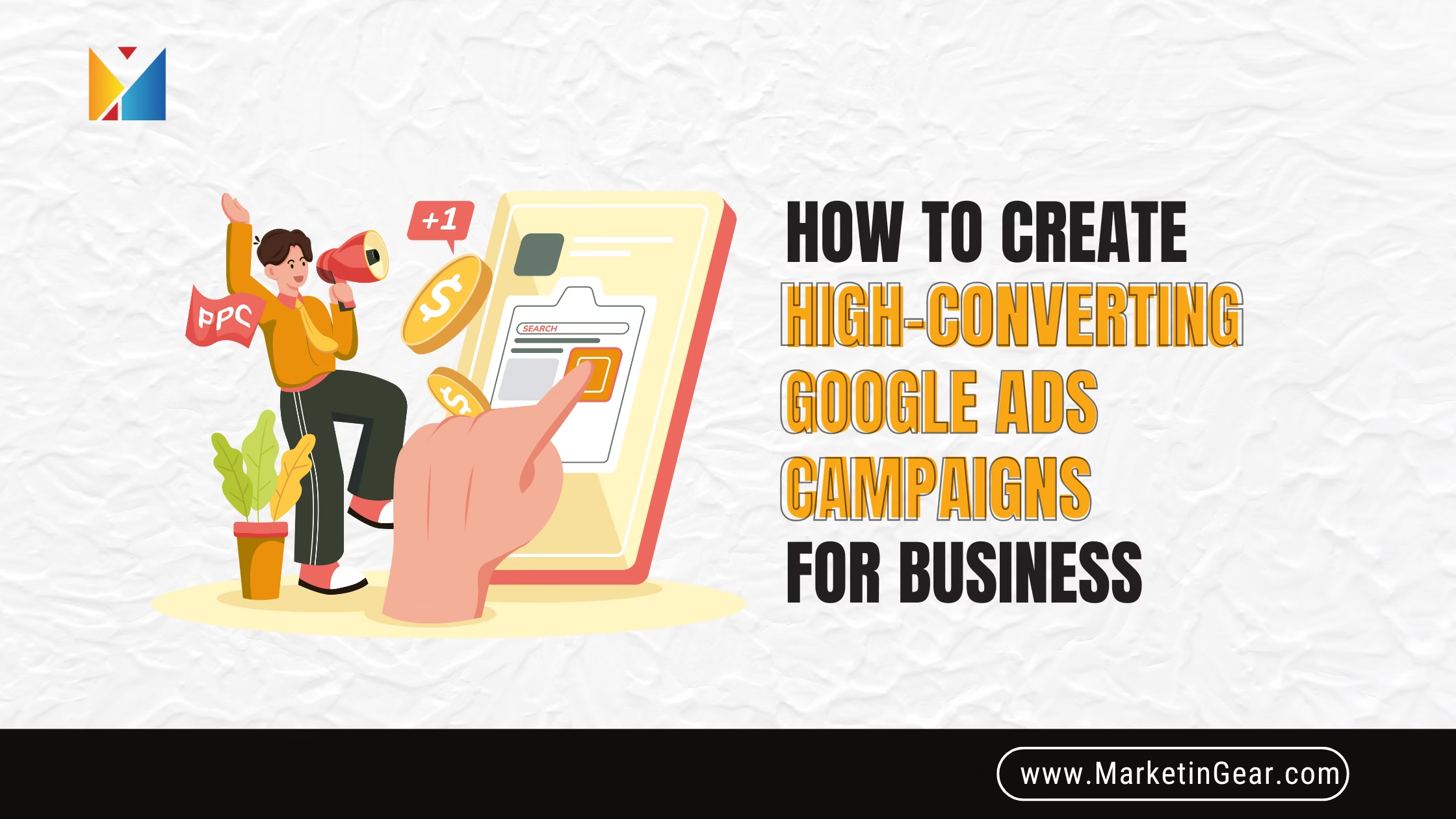Introduction
Have you ever walked into a store, picked up something you liked, but walked out without buying? Maybe you just needed more time to think or got distracted by something else. Now imagine if the store owner could remind you about that item while you were at home, scrolling through your phone, or checking your email. That’s exactly what retargeting ads do online!
For small businesses, every website visitor counts. But did you know that over 96% of people leave a website without buying anything the first time? Retargeting ads are your secret tool to bring those visitors back, boost sales, and make the most of your marketing budget.
This guide will show you, step by step, why retargeting matters, how it works, and how you can start using it—without any tech headaches.
What Is Retargeting?
Retargeting, sometimes called remarketing, is a way for businesses to show ads to people who have already visited their website or used their app. Think of it as a friendly reminder—a little nudge that says, “Hey, remember us?”
How Retargeting Works:
When someone visits your website, a small piece of code (called a pixel) is placed in their browser. This pixel lets you show them your ads later, as they browse other sites or social media. It’s like having your store window appear wherever they go online!
Retargeting vs Remarketing:
- Retargeting: Mostly involves display ads or social ads based on browser activity.
- Remarketing: Often uses email to re-engage previous customers or site visitors.
Retargeting Ad Examples
- Banner Ads: Reminding someone about shoes they checked out but didn’t buy.
- Social Media Ads: A Facebook or Instagram post showing the same product you viewed.
- Dynamic Ads: Ads that automatically display products each visitor was interested in.
The Benefits of Retargeting Ads
Let’s get real: most people don’t buy on their first visit. Here’s how retargeting changes the game for small businesses:
1. Increased Conversion Rates
Retargeting brings back window shoppers and turns them into paying customers. According to Criteo, website visitors who are retargeted with display ads are 70% more likely to convert.
2. Boosting Website Traffic
Even if someone didn’t buy the first time, retargeting ads can encourage them to return and explore more.
3. Lower Cost Per Acquisition
Retargeting usually costs less than getting brand-new customers. You’re focusing on people who already know your business.
4. Improving Brand Recall
Seeing your business name and products again and again makes it stick in people’s minds. This is huge for local and small businesses trying to stand out.
5. Recovering Abandoned Carts
Did someone add items to their cart but didn’t check out? Retargeting brings them back to finish the purchase.
Types of Retargeting Campaigns
There’s more than one way to remind your customers!
Pixel-Based Retargeting
- How it works: Add a tiny pixel (snippet of code) to your site.
- Best for: All visitors, especially first-timers.
List-Based Retargeting
- How it works: Upload a list of emails or phone numbers (like your newsletter subscribers).
- Best for: Past customers or email leads.
Email Retargeting Campaigns
- How it works: Send personalized emails based on people’s behavior (like cart abandonment).
- Best for: E-commerce stores and service bookings.
Dynamic Retargeting Ads
- How it works: Ads automatically change to show products or services each visitor viewed.
- Best for: Stores with lots of products or categories.
Retargeting Platforms for Small Business
Where can you run these magical reminders?
- Google Ads Retargeting: Ads follow your visitors across millions of sites.
- Facebook Retargeting Ads: Appear on Facebook and Instagram feeds.
- Instagram Retargeting: Reach younger shoppers and visual audiences.
- LinkedIn Retargeting: Best for B2B and service providers.
- Display Network Retargeting: Places ads across various partner websites and apps.
Setting Up Retargeting Ads
Here’s how to get started, even if you’re not a tech wizard.
1. Installing a Retargeting Pixel
- Sign up with your chosen platform (like Google or Facebook).
- Copy the retargeting pixel code and paste it on your website (usually in the site header).
- If you use Shopify, WordPress, or Wix, there are plugins to help.
2. Building Custom Audiences
- Group people based on pages they visited, actions they took, or if they abandoned their cart.
- Example: “Visited Product Page but Didn’t Buy” audience.
3. Segmenting Website Visitors
- Don’t show the same ad to everyone. Segment by behavior, location, or past purchases.
- Example: Show different ads to first-timers vs. loyal customers.
4. Creating Effective Retargeting Creatives
- Use eye-catching images and clear, simple messages.
- Add a special offer or incentive, like “10% Off If You Complete Your Order!”
Retargeting Ad Strategies
Getting the most out of retargeting is about more than just setting it up.
Frequency Capping in Retargeting
Don’t bombard people with the same ad! Limit how often they see your message to avoid annoyance.
Sequential Messaging
Tell a story over multiple ads. First, remind them about the product; next, share a customer testimonial; finally, offer a discount.
Cross-Device Retargeting
Follow your audience whether they’re on their phone, laptop, or tablet.
Excluding Converted Users
Don’t waste money advertising to people who already bought. Exclude them from retargeting lists.
Retargeting Funnel Stages
Match your ads to where people are in the buying journey—awareness, interest, consideration, or conversion.
Retargeting Ad Copywriting Tips
Great copy can make all the difference!
Persuasive Retargeting Headlines
- “Did You Forget Something?”
- “Come Back for 10% Off!”
- “Only a Few Items Left!”
Personalization in Retargeting
Use their name, location, or show products they viewed to make the ad feel personal.
Compelling Call-to-Action
- “Shop Now”
- “Claim Your Discount”
- “Finish Your Order”
Measuring Retargeting Success
It’s not magic—it’s math.
Key Retargeting Metrics
- Click-Through Rate (CTR): How many people clicked your ad?
- Conversion Rate: How many people took the action you wanted?
- Return on Ad Spend (ROAS): Are you making more than you’re spending?
Tracking Conversions from Retargeting
Set up tracking in Google Analytics or Facebook Ads Manager to see how retargeting boosts your results.
Retargeting ROI Calculation
Compare what you spent vs. the revenue generated from retargeting campaigns.
Common Retargeting Mistakes (and How to Avoid Them)
- Overexposing Audiences: Don’t show your ad too often or people will get annoyed.
- Poor Audience Segmentation: Not all visitors are the same—segment for better results.
- Irrelevant Ad Creatives: Use ads that match what people actually viewed.
- Not Using Exclusion Lists: Stop targeting people who already converted.
Retargeting for Different Small Business Types
E-commerce Stores
Retarget abandoned cart users, product viewers, or past buyers with new collections.
Local Businesses
Bring back visitors who checked your location, menu, or services but didn’t book.
Service Providers
Remind leads about your service packages, free consultations, or special deals.
Retargeting Best Practices for Small Businesses
- Timing and Frequency Optimization: Test different days and ad frequencies.
- Ad Creative Testing: Try new images, offers, and headlines to see what works.
- Budget Allocation for Retargeting: Start small, scale what works.
- Integrating Retargeting with Other Marketing Channels: Combine with email, content, and organic social media for maximum results.
Conclusion
Retargeting ads aren’t just a “nice to have”—they’re a must-have for small businesses that want to compete, grow, and make every marketing dollar count. By following these steps and best practices, you’ll stop losing warm leads and start building real relationships (and sales) with your audience.Ready to bring back your website visitors and turn them into lifelong customers? Contact MarketinGear today for a custom retargeting strategy built for your small business success!




